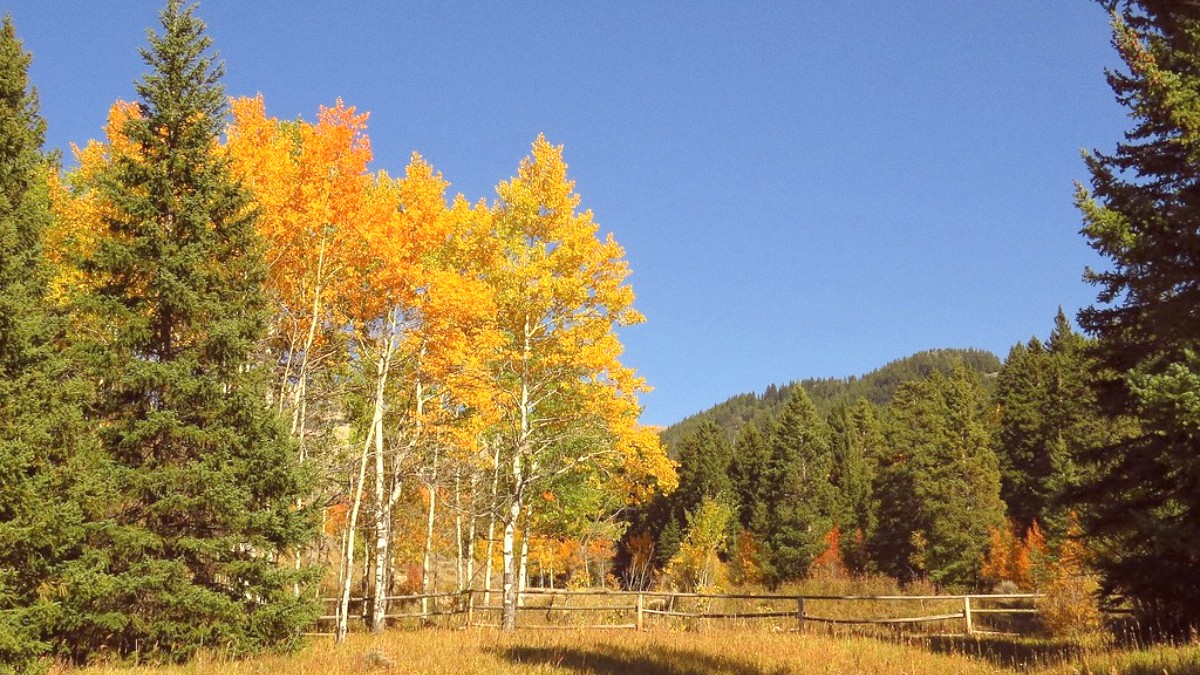
Wyoming, USA
Within the Bighorn National Forest, and in the immediate vicinity of the mountains, there is essentially no public transportation. This means no bus routes, trains, or other scheduled services that would take visitors into the forest or between trailheads.
Travel is almost exclusively by private vehicle. The towns surrounding the Bighorns also have limited public transit, typically consisting of very localized shuttle services or on-demand options, not suited for mountain exploration.
Use detailed paper maps or downloaded offline maps (from Google Maps, AllTrails, or Gaia GPS) to plan your routes effectively.
Forest roads can be unpaved and rough, affecting travel times. Check conditions with the Bighorn National Forest before setting out.
Gas stations are scarce within the mountains; fill up your tank in towns like Sheridan or Buffalo before venturing into the Bighorns.
Available in larger gateway towns like Sheridan and Buffalo. Hailing on mountain roads is not possible.
Usually metered or pre-agreed for specific destinations within town limits.
Uber and Lyft are not reliably available in the small towns surrounding the Bighorns.
For taxis, use reputable local companies recommended by your hotel or a visitor center.
Renting a vehicle is the most practical choice for getting around the Bighorn Mountains.
Rentals are extremely limited in the immediate Bighorn area. You might find specialized shops in larger regional cities like Sturgis or Billings.
No bicycle sharing programs exist. Rentals might be available from a few local outdoor shops in Sheridan or Buffalo, but they are not widespread.
These services are not available within the Bighorn Mountains for independent travel. Private tour operators offer guided scenic drives using smaller vehicles.
Walking and cycling offer more intimate ways to experience the Bighorn Mountains, permitting slower exploration and closer engagement with the environment.
Avoid private property unless you have permission. Respect all "No Trespassing" signs. Respect wilderness boundaries where motorized vehicles and bicycles are prohibited.
Stay on marked trails to protect fragile ecosystems and to avoid getting lost, notably in wilderness areas. Carry water, a map, and a form of communication.
Distances can be greater than they appear, and conditions can change quickly. Inform someone of your itinerary before heading into remote areas.
Exploring the Bighorns relies almost entirely on a private vehicle.